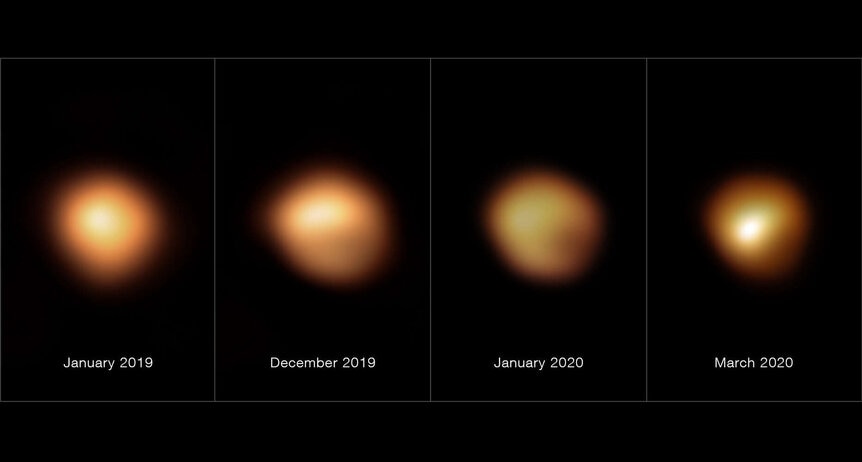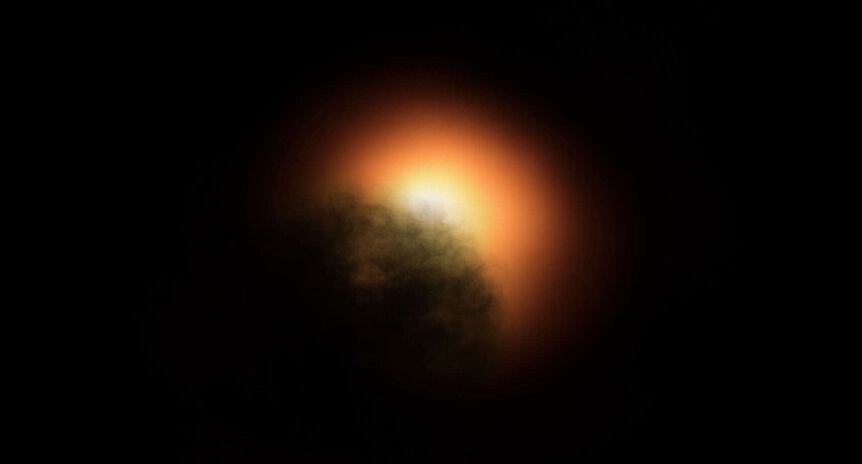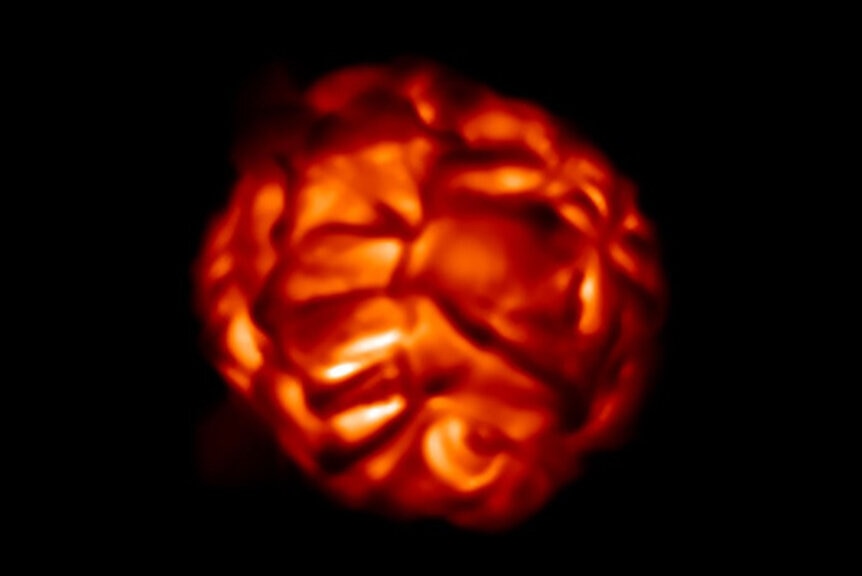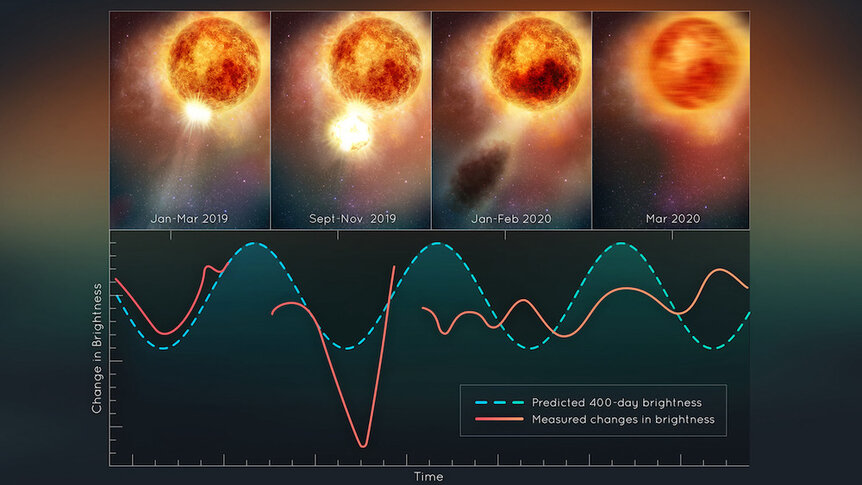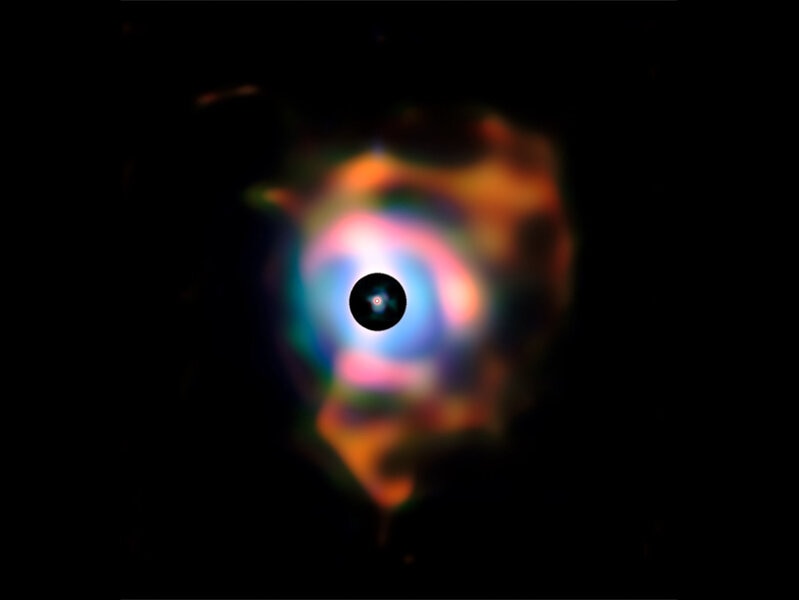Create a free profile to get unlimited access to exclusive videos, sweepstakes, and more!
Betelgeuse aftermath: Still recovering from blowing its stack
The interior of the red supergiant is still sloshing around after a massive dusty belch.
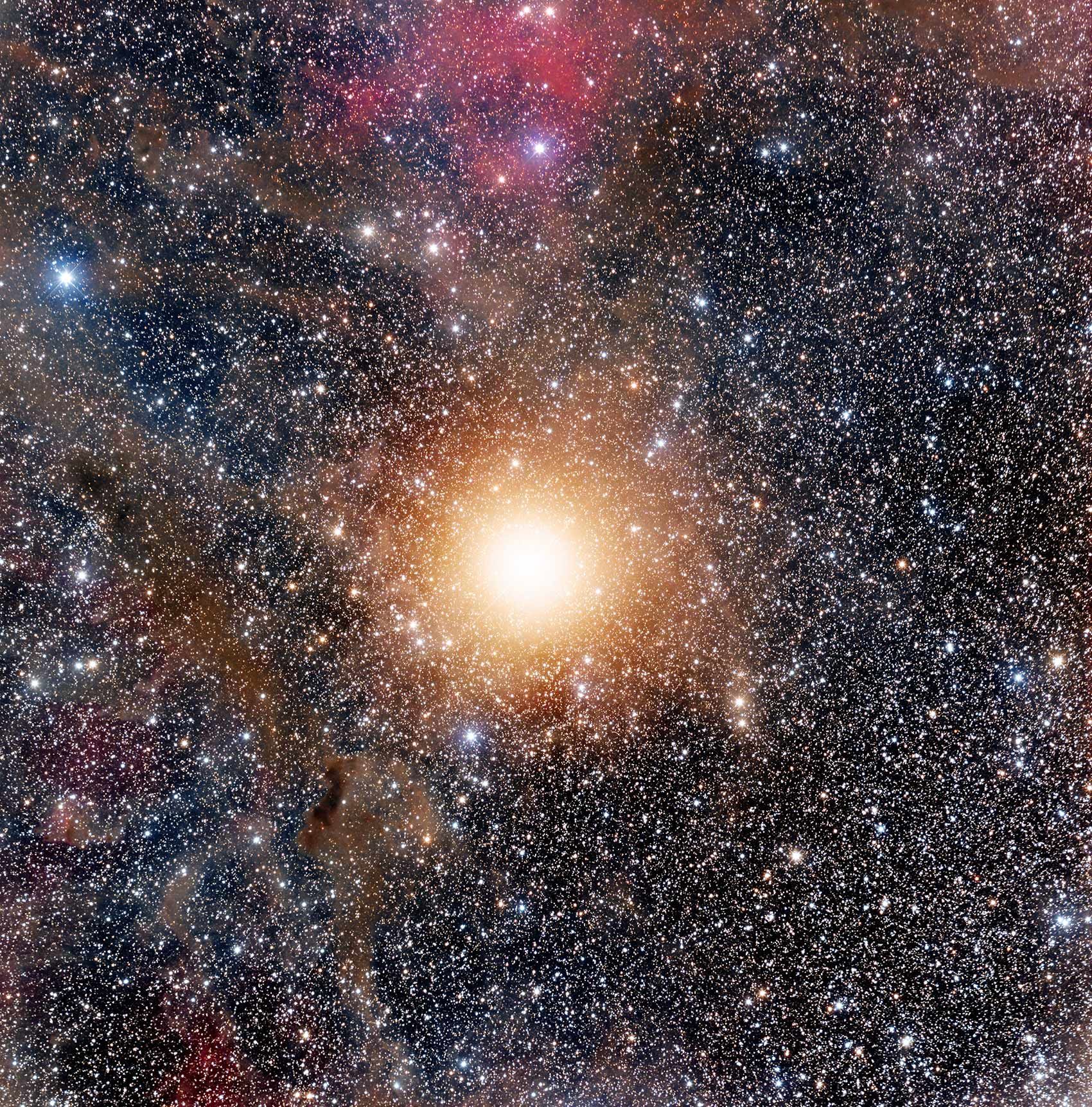
In late 2019 and early 2020, Betelgeuse blew its top.
Literally.
Around that time the famous bright star marking the right shoulder of Orion suddenly started dimming, dropping to about half its usual brightness. I still remember going outside and staring wide-eyed in awe of the star; it was substantially dimmer even by eye.
Despite a lot of people freaking out that this meant it was about to go supernova — it wasn’t, it isn’t, and a lot of us spent a lot of time putting out fires on the internet about that — this was still an extraordinary event, and a lot of astronomers who study red supergiants were pointing their telescopes at Betelgeuse to try to figure out what happened.
Observations from the Very Large Telescope were stunning, showing that the entire southern hemisphere of the star had dimmed. Mind you, Beteleguse is about a thousand times bigger than the Sun — replace the Sun with it and it would extend out past Jupiter! — so this was a massive event. There was a lot of back and forth from astronomers, but a consensus was finally reached: This all happened because it blew out a vast dust cloud hundreds of millions of kilometers across.
Dust is made of tiny grains of silicate or carbonaceous material — microscopic bits of rocky or sooty stuff. We know red giant and supergiant stars make this stuff, so that makes sense. But why? What caused this huge and never-before-witnessed event?
New research just published pulls together observations from a host of telescopes, including, critically, after the event ended, to try to find out what caused Betelgeuse’s cosmic eructation. They conclude that it was likely an overactive convection cell that pumped a huge amount of energy into the surface of the star, which expanded rapidly. This created the huge quantities of dust that were then ejected from the star, and also cooled the surface. Both contributed to the star dimming [link to paper].
Convection is when hot material rises and cool material sinks. Betelgeuse has a handful of enormous convection towers inside it, heated from below by the fusion of helium into carbon and oxygen. Eventually that hotter material rises enough that the energy in them is radiated away into space; the material cools and then falls back down into the star’s interior. The point at the top of the convection cell is called the photosphere, but there is a lot of material even higher up. Betelgeuse doesn’t have a surface, really; it’s so puffy the outer layers just get less and less dense the farther they are from the center. We call this portion the extended atmosphere.
What the astronomers think happened is that one convection cell in the southern hemisphere of Betelgeuse got overly ambitious. For reasons that aren’t clear, deep inside the star a belch of energy is created — perhaps energy from the core gets trapped at the bottom of the convection cell for a time, built up, and then suddenly punched its way upward.
This wave of energy worked its way to the top of the convection cell and was so energetic it lifted away a huge amount of material, essentially pushing a region of the photosphere up, up, and away. This expansion of the photosphere was seen all during 2019, before the dimming, with that material moving upwards at about 30,000 kilometers per hour.
This created a shock wave, a huge compression wave moving upward through the extended atmosphere. The physical conditions just behind this wave help to create the tiny dust grains of silicates and carbon: dust. This material was then itself lifted away, blasting out into space, creating the titanic cloud of dust that then blocked the southern half of the star. Behind it, the photosphere was also massively disturbed, like a rupture in a balloon.
These events were inferred by what happened after. Betelgeuse is a variable star, meaning it changes its brightness over time. It has two overlapping cycles: One is a decently understood 400-day cycle that is generated deep within the star due to physical conditions there. The other has a longer period of about 5 years. It’s seen in many red supergiants but its cause is not well understood.
What the astronomers have seen in observations since the Great Dimming is that the 400-day variations are gone. The brightness is still changing, but it’s not regular: Once Betelgeuse rebrightened they saw dips in its brightness that reached minima 189 days later, then again 97 after that, then 166 later, and finally 233 days after the last one. They think the photosphere is rearranging itself after that loss of a big region, similar to water refilling a hole and blurping around after you throw a rock in a bucket.
Very likely the deeper interior is sloshing around as well. This was a colossal event so you’d expect some splashing about afterwards. This means we’re likely to see more variations in the star’s brightness over time, though it’s possible it will eventually settle down into a steady cycle once again.
Events like this have happened to Betelgeuse before; we see huge amounts of dusty material surrounding it, including one extremely large plume that may have been from a very similar eruptive event in the past. So this sort of thing is unusual but not unprecedented.
Massive stars like Betelgeuse have relatively short lives compared to the Sun. It’s likely less than 10 million years old — the Sun is 4.6 billion — and we’re seeing it in the late stages of life. Estimates are it’ll last for another 100,000 years or so before running out of fusable elements in its core. At that point, BANG: Supernova. We don’t know exactly how far away Betelgeuse is — it’s fuzziness and convection cells make it hard to get an exact measurement — but it’s probably 500 – 700 light-years away. That’s too far to hurt us directly when it blows, though it’ll be quite a sight, about as bright as the full Moon!
But that’s a long, long way off in the future. In the meantime there will be more events like this one, as well as other weird behaviors as the belly of this Brobdingnagian beast continues to undergo fluctuations. It’s only been 3 years since this whole thing started, and with a star that’s over a billion kilometers wide it’ll take a while longer for it to settle. As it does astronomers will watch, and use that to better understand what’s happening deep inside this monster.
